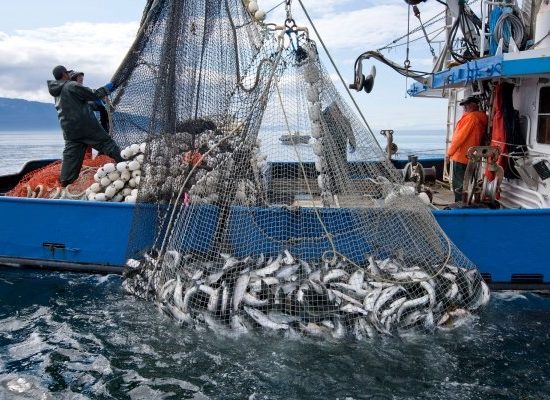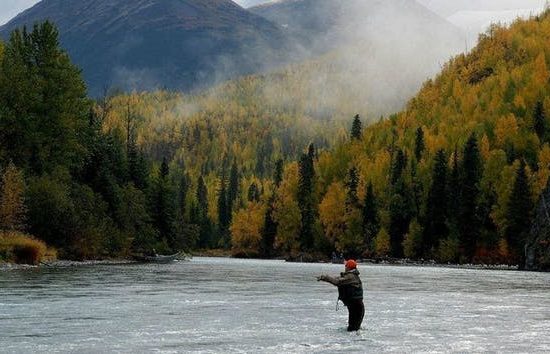As Anchorage is in the middle of its Centennial Celebration, it is important to look back over Anchorage’s economy over the past 100 years. Local economist Neal Fried compiled the history of Anchorage’s economy for a recent issue of Alaska Economic Trends. Anchorage got its start with the decision by the federal government to build a railroad somewhere in the Alaska territory. Anchorage’s tent city began to sprout up, well before the official announcement of the Alaska Railroad route was made. From that tent city grew a well-planned town with schools, sidewalks, utilities, roads, and more amenities than most frontier towns had. The first spike for the railroad was placed in April 1915 and Anchorage’s economy took off. In two years, Anchorage had over 1,300 buildings and 162 businesses, including three banks.
World War I broke out and caused problems for the Anchorage economy. Fried notes that WWI was the only war that the United States engaged in that was harmful to the Anchorage economy. The town’s workforce and population declined but work on the railroad continued. President Harding drove the golden spike to signal the completion of the railroad in 1923. Between the completion of the railroad and World War II, Anchorage took over control of the city government from the Alaska Engineering Commission. Population in 1939 was over 4,200 and school enrollment tripled from 1915 to 1930.
Natural resources have always been a large contributor to the Anchorage economy, but according to Terrance Cole, Alaska historian, it was not natural resources that kept Alaska strong, but from 1945 to 1965, it was Alaska’s strategic location at the top of the world that fueled the economy. Troops began to arrive in Anchorage in the summer of 1940 and peaked at 152,000 in 1943. When Fort Richardson and Elmendorf were built the population in Anchorage grew significantly. The population grew from 4,200 in 1939 to over 82,000 in 1960. The military was not the only reason for the economic growth in Anchorage, after WWII. Tourism began to grow and Anchorage was beginning to surface as the commercial and service hub in Alaska.
See Full Story at Alaskanomics










